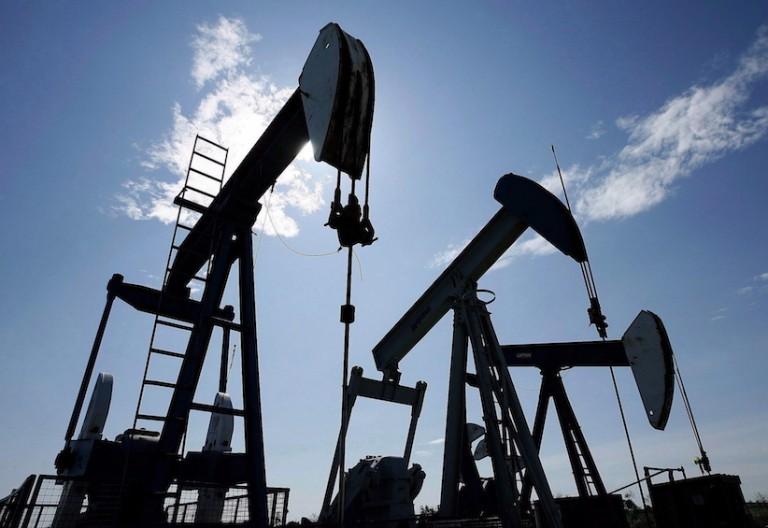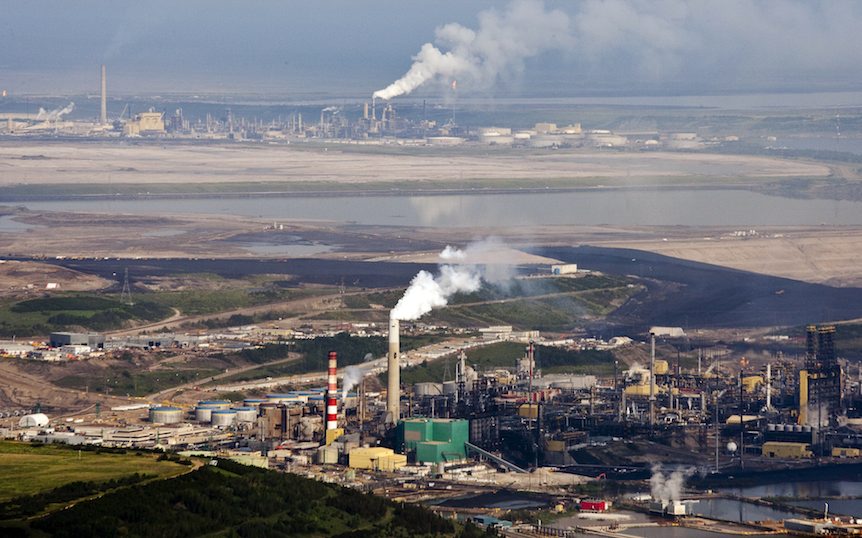What’s driving the rebound in oil prices?
And more importantly, how long will higher oil prices last?

Pumpjacks at work pumping crude oil near Halkirk, Alta., June 20, 2007. With Canada’s premiers poised to meet next week in Quebec City to discuss energy strategy and climate change, forces are girding for battle – with Alberta’s oilsands the figurative no-man’s land that lies between the warring world views. THE CANADIAN PRESS/Larry MacDougal
Share

Alberta Premier Rachel Notley last week outlined a plan to quickly get oil sands firms back up and running in the wake of the devastating Fort McMurray wildfires, citing “an economic consequence to the companies and the Crown.” But new wild fires—this time to the north of the city—have since razed a 665-bed work camp and forced the re-evacuation of 8,000 workers, further delaying the re-start of operations at several sites.
If there’s a bright spot for the province, however, it’s that the ongoing disruption of Alberta oil sands production—estimated by the Conference Board of Canada to be about 1.2 million barrels a day, comprising nearly $1 billion in economic activity—has contributed to a rally in global oil prices that could give producers, and therefore the Alberta economy, a badly-needed lift once production is finally back on-line (assuming, of course, the fires are eventually extinguished and oil sands operations escape serious damage).
After trading as low as US$27 a barrel in mid-February, the price of West Texas Intermediate, a grade of light, sweet crude used as a North American benchmark, is closing in on US$50 a barrel in the wake of several supply outages around the globe and renewed optimism in some quarters about a re-balancing of a previously over-supplied market. Prices for WTI crude futures closed at just over US$47 a barrel earlier this week, the highest this year.
In addition to the Alberta wildfires, global oil prices have been driven higher by recent attacks by militant groups on oil facilities in Nigeria, including a recent bombing of an offshore platform owned by Chevron. Other attacks in Nigeria have targeted refineries and an export terminal. In all, the country’s oil minister estimated 800,000 barrels per day of production have been impacted. Traders are also focused on the unrest in Venezuela, a major South American oil producer that’s in the grips of a severe economic crisis. The country, suffering from skyrocketing inflation and rampant food and power shortages, is currently operating under a “constitutional state of emergency” as protestors call for the removal of President Nicolas Maduro.
Unlike the Alberta wild fires, which could be brought under control with a sudden change in the weather, the obstacles facing producers in Nigeria and Venezuela threaten to be protracted, and could therefore have a lingering impact on global prices.
At the same time, there are signs global crude oil demand is finally starting to catch up with production. A recent report by the International Energy Agency revised oil demand growth upward by 1.4 million barrels per day “led by strong gains in India, China and, more surprisingly, Russia.” It also found oil inventories are beginning to top off in OECD countries, with growth coming in at its slowest rate since the final quarter of 2014.
Of course, the recent rally in oil prices could trigger a wave of additional production. Many U.S. shale drillers are deeply indebted and are expected to start drilling and pumping furiously again if prices exceed US$50 a barrel, sending another wave of crude washing over North American markets.
Still, the possibility of oil prices falling below US$20 a barrel, or even US$10 a barrel, as some once predicted, seems increasingly unlikely. Even oil bear Goldman Sachs, which predicted US$20 oil as recently as last year, has changed its tune. The investment bank said in a new report “the physical rebalancing of the oil market has finally re-started.” It now predicts US$50 a barrel prices for the remainder of 2016, up from US$45 previously, and US$60 barrels by the end of 2017, albeit after a return to prices of US$45 a barrel for the first six months of that year.
None of it is sufficient to return Canada’s oil sands to cash-machine status. Indeed, some mining and upgrading operations require global oil prices in excess of US$80 a barrel to be profitable over the long term. Nevertheless, a return to US$50 a barrel oil, assuming it holds, promises to make the daunting prospect of rebuilding of Fort McMurray that much easier. And, at this point, we’ll take what we can get.